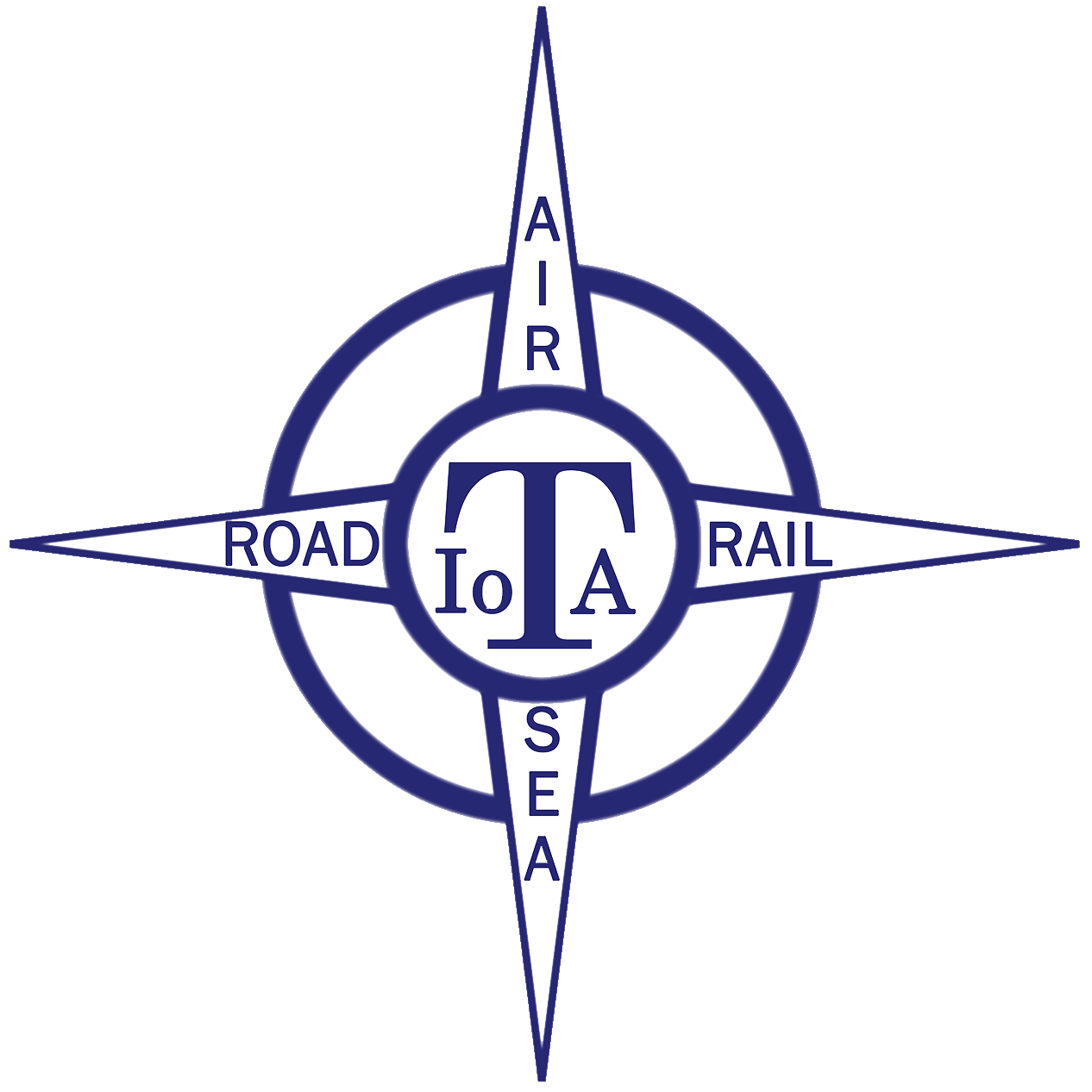|
|
Network Rail Bridge Strike Guidance
https://www.gov.uk/government/publications/prevention-of-bridge-strikes-good-practice-guide
TC Annual Report:
https://www.gov.uk/government/publications/traffic-commissioners-annual-report-2019-to-2020

Institute of Transport Administration
The new rules will mean that, as a learner driver: only you will be allowed to book your own...
Permits can be applied for laden or empty journeys if you’re a specialist removal company and...
The regulatory decisions include: warnings revocations suspensions refusals extended...
Decisions made by Traffic Commissioners on hearings around Large Goods Vehicle and Passenger...
She will start in the role on 6th April 2026. Sharon joins the Traffic Commissioners from her...
|
|
Network Rail Bridge Strike Guidance
https://www.gov.uk/government/publications/prevention-of-bridge-strikes-good-practice-guide
TC Annual Report:
https://www.gov.uk/government/publications/traffic-commissioners-annual-report-2019-to-2020